|
|
|
|
|
|
|
|
|
|
|
|
|
|
|
|
|
|
|
|
|
|
|
|
|
|
Menu |
|
|
|
|
|
|
|
|
|
|
|
|
|
|
|
|
|
|
|
|
|
|
|
Guru
Ramdas - the fourth Nanak |
|
|
|
|
|
|
|
|
|
|
|
|
|
|
Guru
Ramdas, the fourth Guru of Sikhs, was born on September 24,1534 AD in a simple
God-fearing Sodhi family of Lahore. He was also known as Jetha, a word, which
in Punjabi means the eldest or first-born. His father's name was Haridas and
mother's Daya Kaur. As he grew up, Guru Ramdas reached Goindwal and served Guru
Amardas with such devotion that he could win the hand of his daughter Bibi Bhani
to whom he was married in 1553 AD. |
|
|
|
|
|
|
|
|
|
|
|
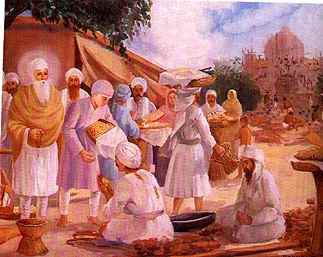 |
|
|
|
|
|
|
|
|
|
|
|
Bhai
Jetha (Guru Amardas) used to earn his livlihood by selling boiled grains. Very
often he would freely give away the boiled grains to the needy and to the poor
labourers. Guru Amardas was highly impressed by his charitable nature and blessed
the young boy. Ultimately the divine succession was bestowed on him, he was
named Ramdas and was installed as the fourth Guru (Nanak). |
|
|
|
|
|
|
The
day Guru Ramdas set foot in Goindwal he seemed marked out for the highest honour.
Guru Amardas made several tests and being convinced he installed Guru Ramdas
as the fourth Guru in 1574 AD. Guru Ramdas had three sons : Pirthi Chand, Mahadev
and Guru Arjan. He died in Goindwal in 1581 AD. |
|
|
|
|
|
|
|
|
|
|
|
|
|
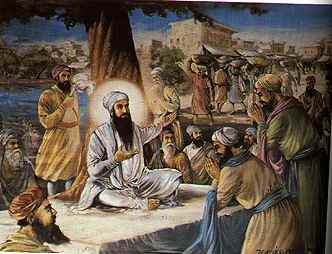 |
|
|
|
|
|
|
|
|
|
|
|
|
Guru
Ramdas (1534-1581 AD) laid the foundation stone of Amritsar on 13th June 1577.
The devotees have been visiting the Holy City since its existence, for having
a dip in the ascred 'Sarovar' and also for promoting their trade. |
|
|
|
|
|
|
|
|
|
|
Guru
Ramdas founded the city of Amritsar. He was a talented musicologist and has
contributed 638 hymns and salokas in eleven raagas to Guru Granth Sahib. Among
his famous compositions is the routine of a Sikh given in a hymn on page 305
and the Lawan, the hymns recited at every Anand Karaj-wedding ceremony. He put
missionary work on a sound footing and sent masands to different parts of north
India to propagate the message of Sikhism. He himself was fond of serving his
disciples. The Guru's mission spread quickly both among the poor and the rich
classes. Some of the aristocrats visited Amritsar and became his followers.
The Guru turned his friendship with Emperor Akbar to good account by persuading
him to relieve distress and to remove the oppressive taxes on non-Muslims. |
|
|
|
|
|
|
|
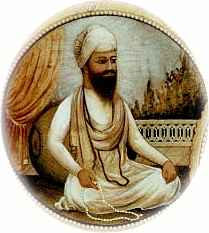 |
|
|
|
|
|
|
|
|
|
|
|
|
|
|
|
|
|
|
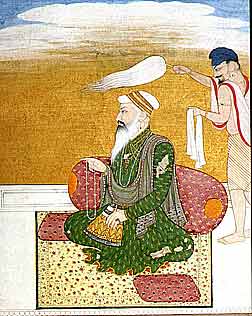 |
|
|
|
|
Guru
Ramdaseyn Hoi Sahai |
|
|
|
|
|
|
|
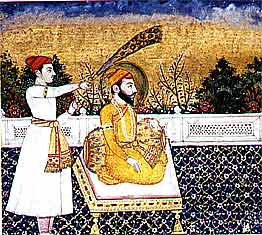 |
|
|
|
|
|
|
|
These
three painting of Guru Ram Das Ji by a Muslim painter. (Courtesy Randhawa,"The
Sikhs" |
|
|
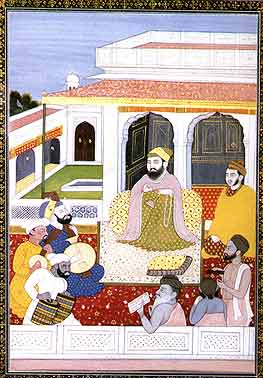 |
|
 |
 |
 |
 |
 |
 |
 |
 |
 |
 |
 |
 |
 |
 |
 |
 |
 |
 |
 |
 |
 |
 |
 |
 |











